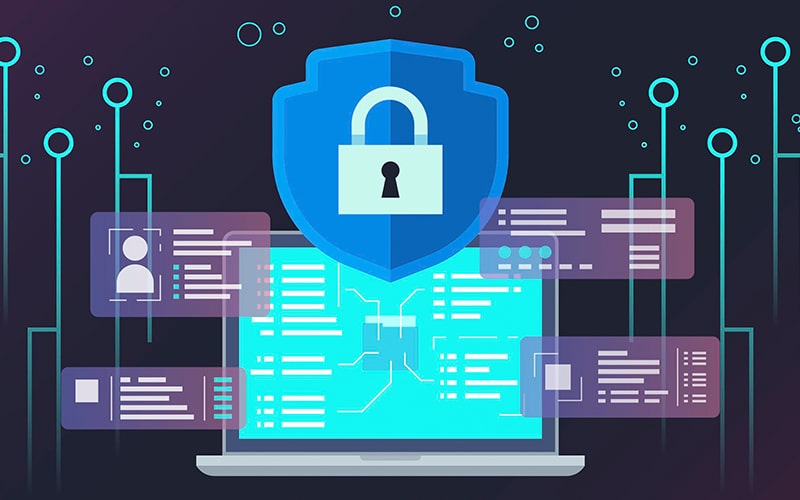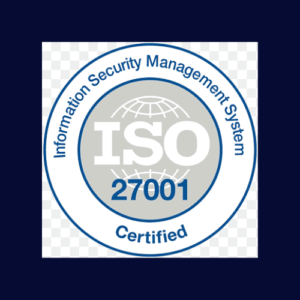Network Operations Center (NOC)
Network Operations Center (NOC) is a centralized facility or location from which IT professionals oversee, monitor, and maintain the operational integrity and performance of an organization’s network infrastructure.
The NOC plays a critical role in proactively managing network health, optimizing performance, and minimizing downtime, thereby supporting the organization’s overall business objectives and operational efficiency.
Major Incident Manager (MIM)
Incident Identification and Categorization
- Quickly identifying and acknowledging major incidents.
- Classifying the incident as ‘major’ based on its impact and urgency.
Initial Response and Escalation
- Taking swift action to limit the impact and prevent further damage.
- Escalating the incident to the appropriate technical teams and stakeholders according to predefined protocols.
Communication and Coordination
- Coordinating with various technical teams, support staff, and external vendors to ensure efficient incident resolution.
- Keeping all stakeholders informed with timely updates, including senior management, affected users, and other relevant parties.
Incident Management Process
- Overseeing the entire incident management process from identification to resolution.
- Leading incident resolution efforts, ensuring all team members are aligned and working effectively towards a resolution.
Root Cause Analysis and Post-Incident Review
- Facilitating or conducting root cause analysis to identify underlying issues and prevent future occurrences.
- Organizing and leading post-incident reviews to evaluate the incident management process and identify areas for improvement.
Incident Manager/Problem Manager
Problem Detection and Identification
- Total number of problems detected within a specific period.
- Ratio of problems detected to the total number of incidents reported. A higher detection rate indicates effective monitoring and proactive identification.
Problem Resolution
- The average time taken from problem identification to resolution. This measures the efficiency of the problem resolution process.
- The proportion of problems resolved within the agreed Service Level Agreement (SLA) timeframe. This ensures adherence to service commitments.
Root Cause Analysis (RCA)
- The average time taken to complete root cause analysis for identified problems. Quick RCAs are crucial for timely resolutions.
- The percentage of problems for which a root cause analysis has been completed. This ensures thorough investigation and documentation.
Problem Recurrence
- The rate at which previously resolved problems recur. A lower rate indicates effective problem resolution and preventive measures.
- The proportion of problems that have been permanently resolved without recurrence. This reflects the long-term effectiveness of problem management.
Impact on Network Operations
- The decrease in the number of incidents over time as a result of effective problem management. This shows the impact of problem management on overall incident reduction.
- Measurement of the reduction in impact (e.g., downtime, user impact) due to effective problem resolution.
- The total number of problems handled by the problem management team each month. This measures team productivity.
Change Manager
Change Request Volume and Approval
- Total number of change requests submitted within a specific period. This helps track the demand for changes.
- Percentage of change requests approved out of the total submitted. This indicates the quality and feasibility of change requests.
Change Implementation and Success
- Percentage of changes that are successfully implemented without causing any incidents or issues. High success rates indicate effective planning and execution.
- Percentage of changes that result in incidents, issues, or require a rollback. A low failure rate is indicative of thorough testing and planning.
Change Impact and Risk Management
- The proportion of changes that result in new incidents. This helps measure the impact of changes on network stability.
- Total number of emergency changes implemented. A high number may indicate insufficient planning or proactive maintenance.
Change Timeliness and Efficiency
- The average time taken from the approval to the implementation of changes. This measures the efficiency of the change management process.
- The proportion of changes implemented within the planned timeframe. This reflects effective time management and planning.
Change Planning and Coordination
- Percentage of changes implemented according to the initial plan without deviations. This indicates the accuracy and reliability of change planning.
- Feedback from stakeholders involved in or affected by the change management process. This can be measured through surveys or satisfaction scores.
Ready to take your network management to the next level? Contact us today to schedule a consultation and learn how our NOC services can benefit your organization. Whether you’re a small business or a large enterprise, we offer customizable solutions tailored to meet your specific needs and budget.
Don’t wait until problems arise – invest in proactive network management with our NOC services and enjoy peace of mind knowing that your network is in expert hands. Let us help you optimize performance, minimize disruptions, and drive business success. Reach out now to get started!
Speak to an Expert
Related Services

SOC1 & SOC2 Assessment

PCIDSS Compliance

Hipaa Compliance Assessment

GDPR Assessment

Cloud Security

Cloud Consulting
Contact Us
- Plot no.238
Workflow by OYO, 3rd floor
Ranka Junction building
Dooravani Nagar, Bengaluru
Karnataka 560016. - 080-4027 3737
- [email protected] / [email protected]

Quick Links
Useful Links
Copyright © 2024 Bornsec Consulting LLP, All rights reserved.
Designed and developed by Alysian Creative